Submitted by WA Contents
Third Nature reveals guest cabins in Inabe, Japan addressing to regenerative tourism
Japan Architecture News - Jul 14, 2020 - 13:10 7518 views
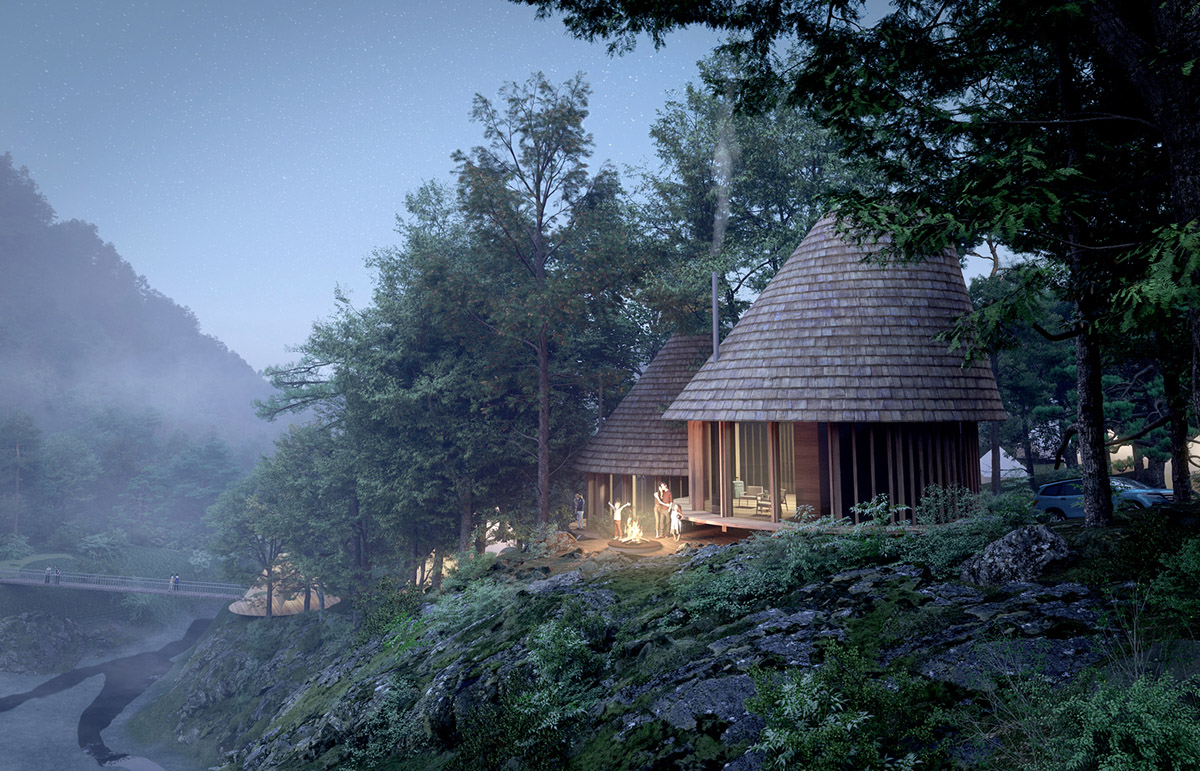
Copenhagen-based architecture studio Third Nature, in collaboration with Japanese design team, has revealed design for a cabin complex for a site in Inabe region of Japan.
The design team, composed of Third Nature and Japanese engineers Structured Environment and sustainability experts Henrik Innovation, won a competition launched by the unconventional private-public cooperation between the outdoor company Nordisk and the city council of Inabe in Japan.
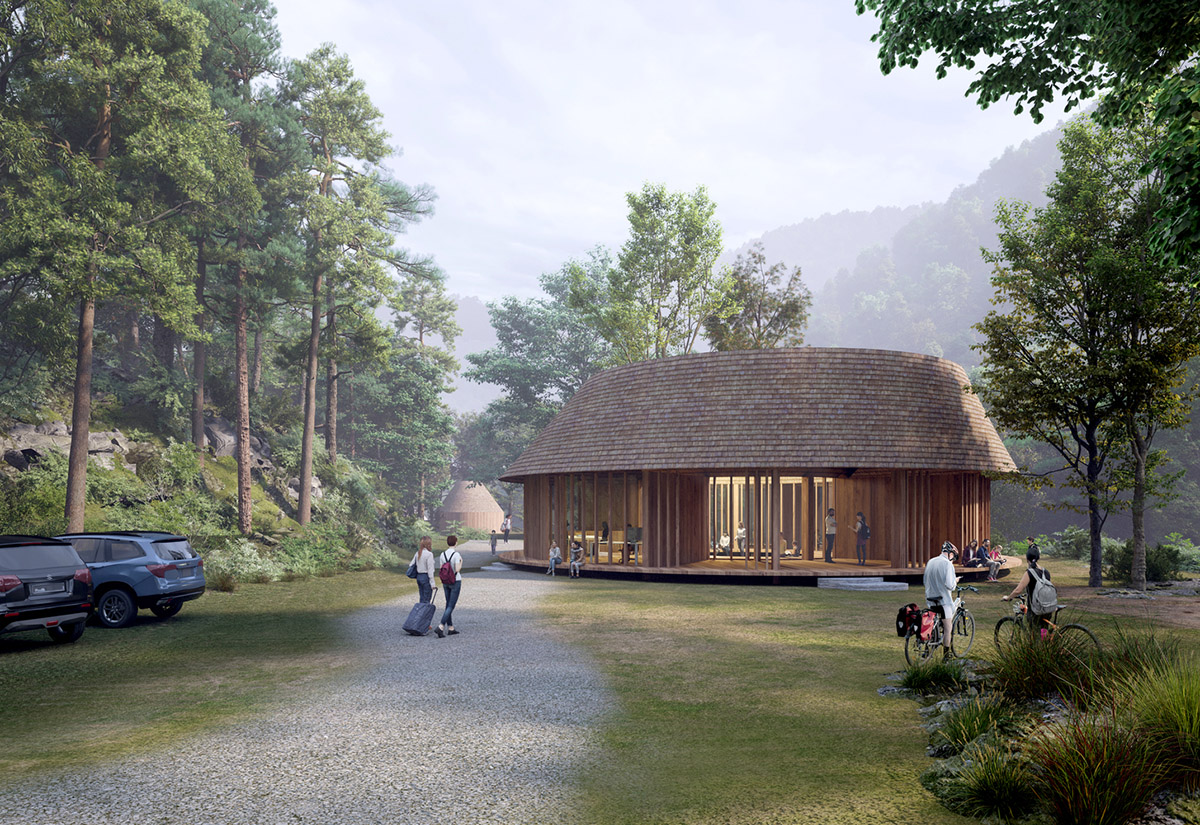
The new complex, called Nordisk Hygge Circles – Ugakei, will mark a new shift towards low impact regenerative tourism, that focuses on developing regions sustainably.
The new adventure park will consist of three zones: an overnight section with cabins and platters for glamping tents, an area along the estuary where you can pitch your own tent and a learning area in nature where the activities are at the center.
In the middle of the plan, there will be a larger center. The building will house the reception, shop and workshops and be a welcoming space for new guests.
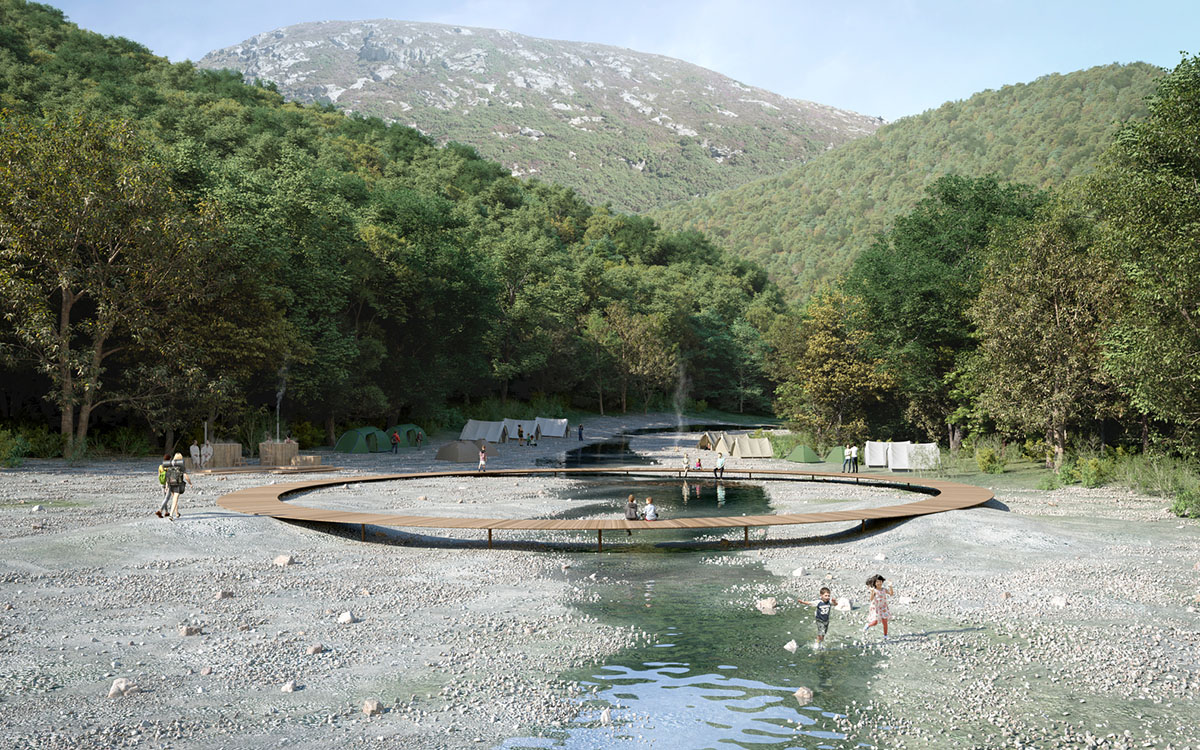
The site is located in a former camping ground at the foot of the mountains of Inabe. The site will be completely cleaned for old buildings and be rebuilt in the most sustainable way, using only renewable materials and repurposed building waste.
"We believe the future is about circularity. Our proposal is composed by a family of circles that define a series of sustainable communities," said Flemming Rafn Thomsen, lead architect and Co-Founder of Third Nature.
"The master plan and buildings embody a unique environment and a regenerative ‘hygge’ experience in nature."
"It is our hope that our project will become the base camp for a new type of regional nature-based development that promote sustainable awareness and brings the gift of nature to many urban dwellers," Thomsen added.

The cabins were designed in conical shapes that promotes circular gatherings, the idea is derived from early civilizations in Denmark and Japan in circular gatherings - those circular gatherings were often centered around the appreciation of natural resources, fire, water and food.
"The circle is also a universal shape that symbolizes equality, openness and democracy," said Third Nature.
"It has therefore become the core of the design-DNA itself that the group behind the project hopes to establish at the Ugakei Site in Inabe."
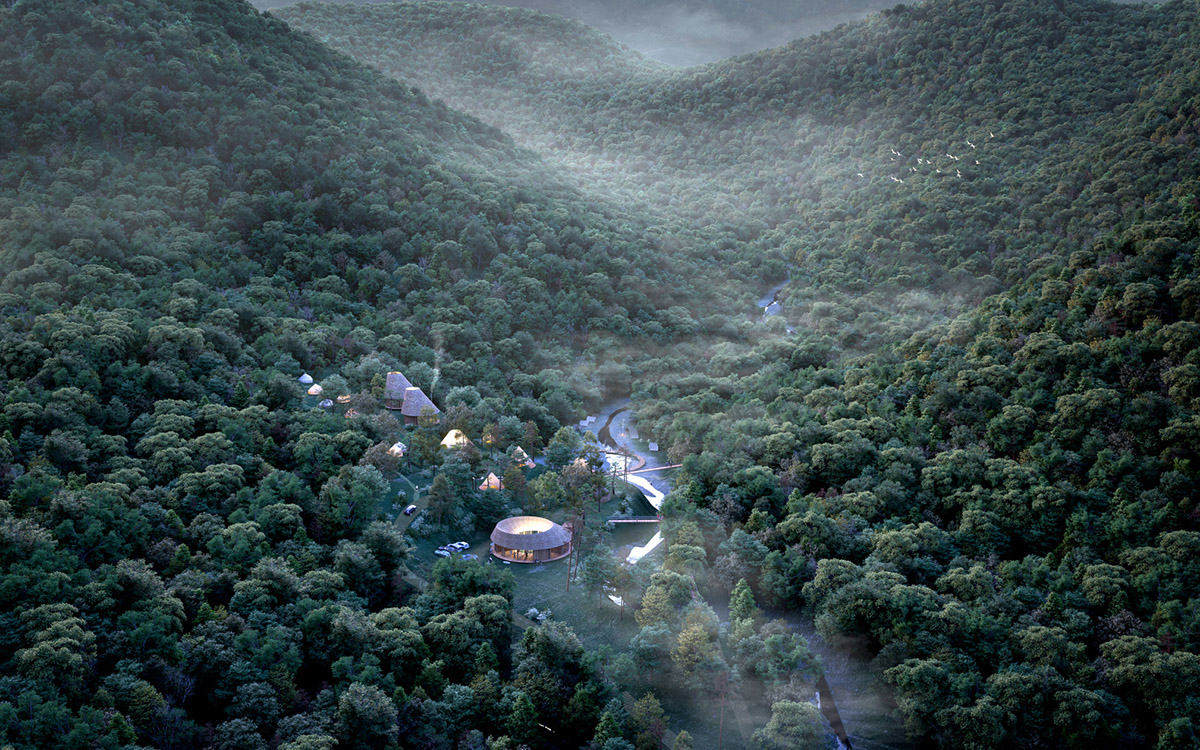
The mountain forest already has several trekking and hiking routes, with rich biodiversity and spectacular scenery. New routes will over time be developed and will provide a revitalization of the area and promote low impact recreation based on the natural resources of the region.
If societies are to enter the future in a truly sustainable way, the team believe we must rethink tourism and change the recreational industry. The projects will give the visitors the ability to learn new sustainable skills and evolve as individuals and as communities.
All new elements will be based on a circular design, and they will be designed to facilitate community, as well as stimulate out-door activity.

The architects have designed for optimal micro-climate conditions, like wind and sun, in order to enhance the seasonal use.
The center building is revolved around a central courtyard that protects from the wind in the early and late season, and features an optimized roof profile, that catches the low sun rays in the winter season, and provides shade in the hot Japan summer semester.
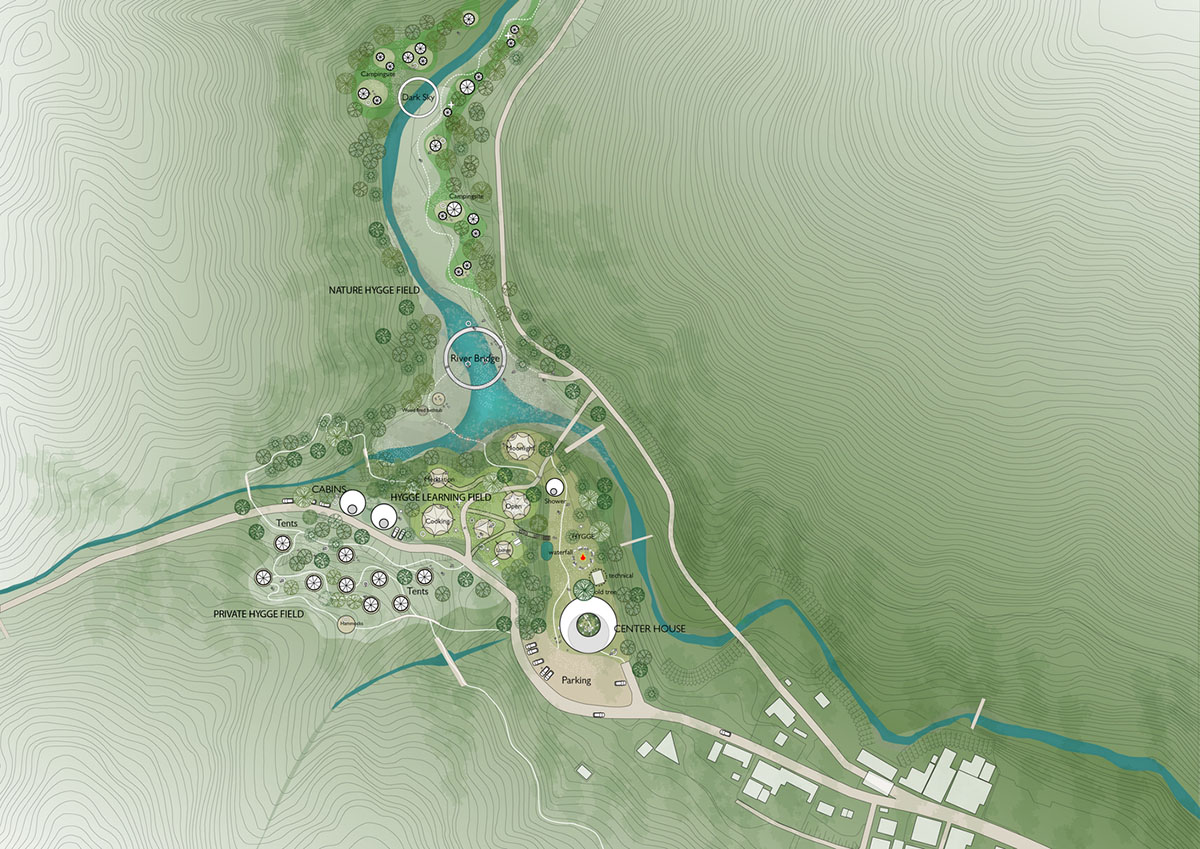
Situation plan
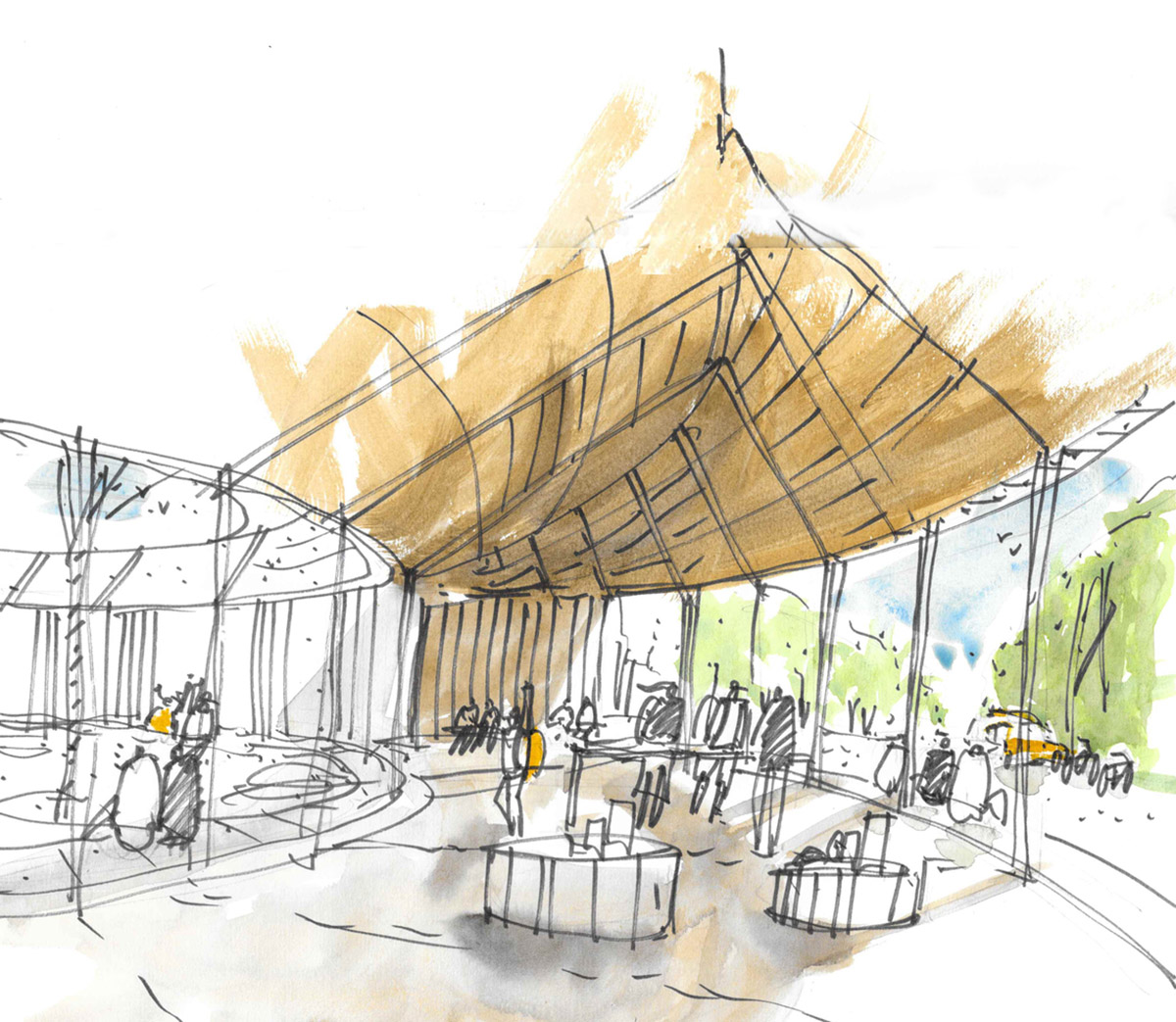
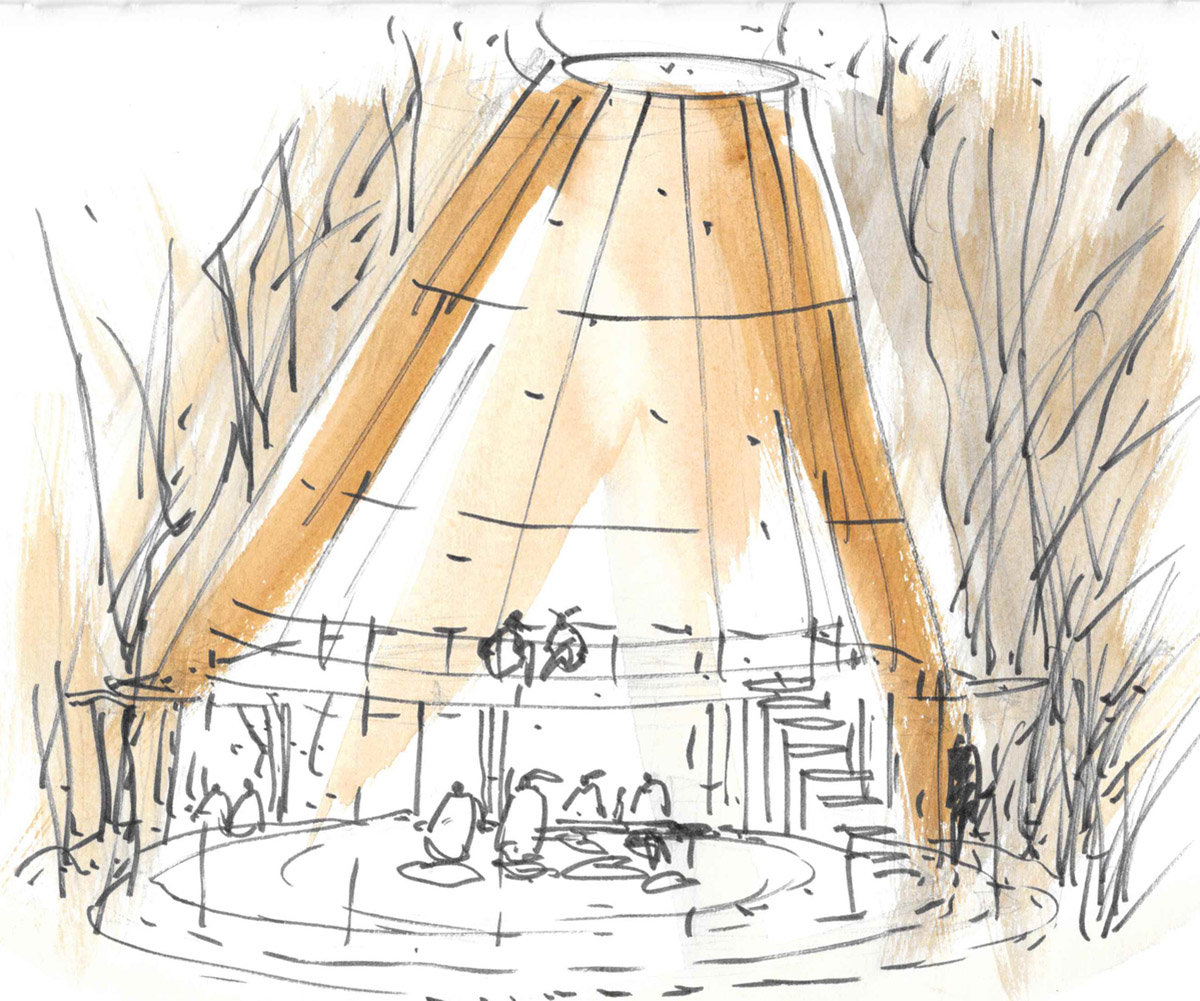
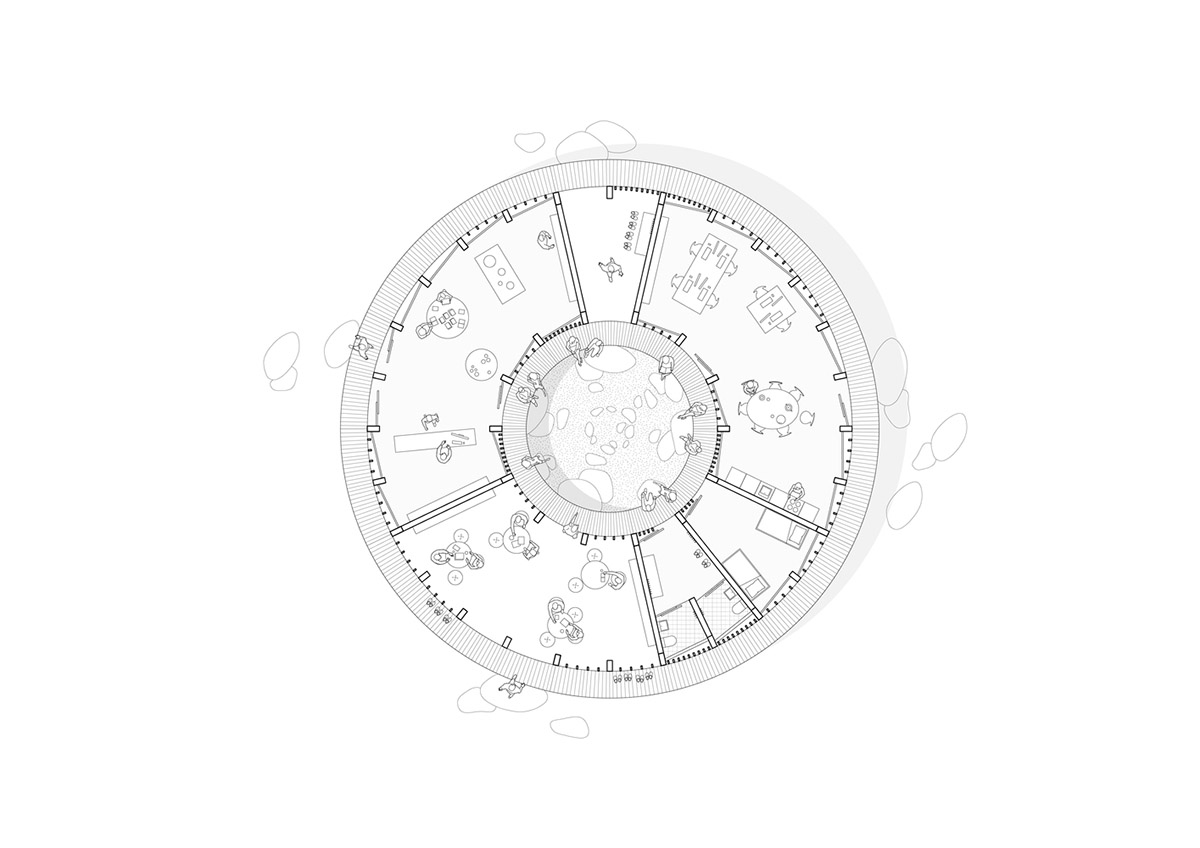
Center House plan

Small cabin plan
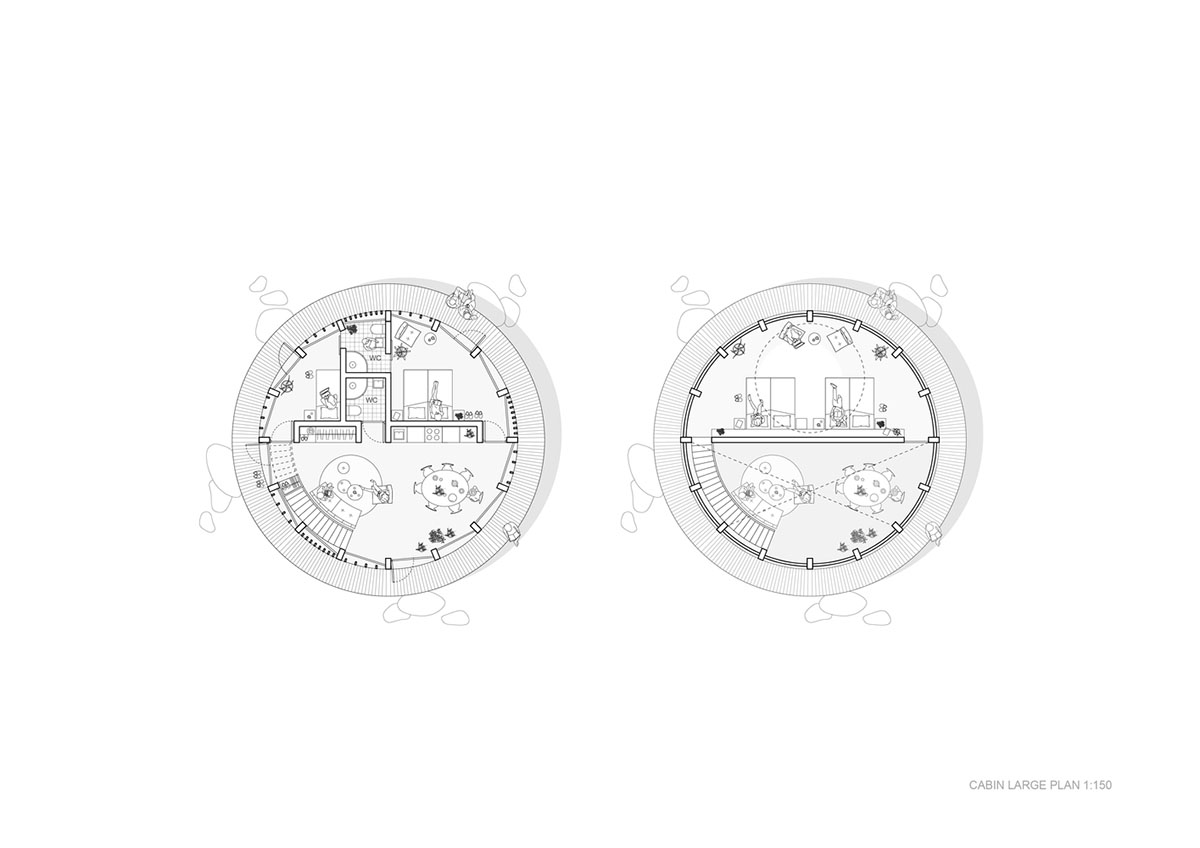
Big cabin plan

Cabin section with climate diagram

Center house section with climate diagram

Structure axonometric

Structure exploded axonometric
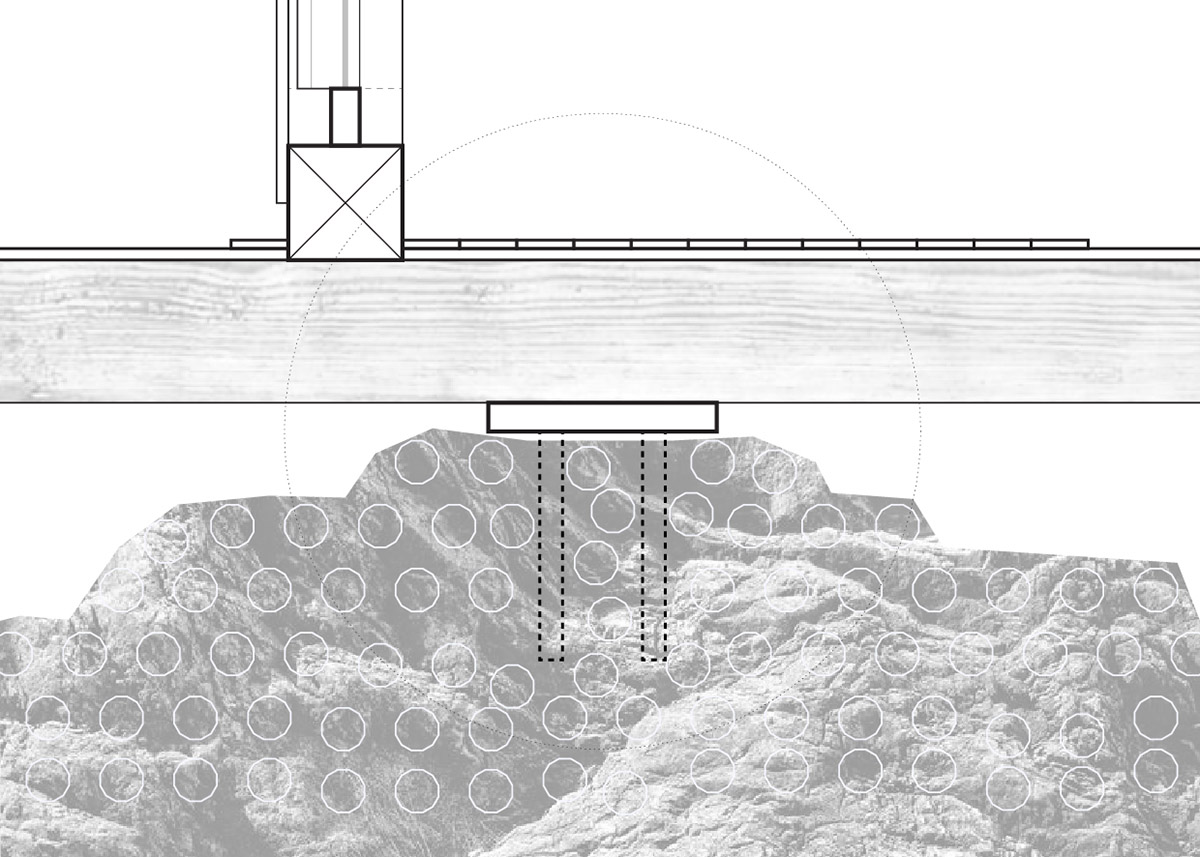
Foundation detail
The project is set to open in spring 2021.
Project facts
Project name: Nordisk Hygge Circles – Ugakei
Location: Inabe, Japan
Client: Nordisk and Inabe
Project Team: Third Nature, Structured Environment and Henrik Innovation
Project type: Invited competition
Period: Expected to open in spring 2021
All images courtesy of Third Nature, Structured Environment, Henrik Innovation
> via Third Nature
